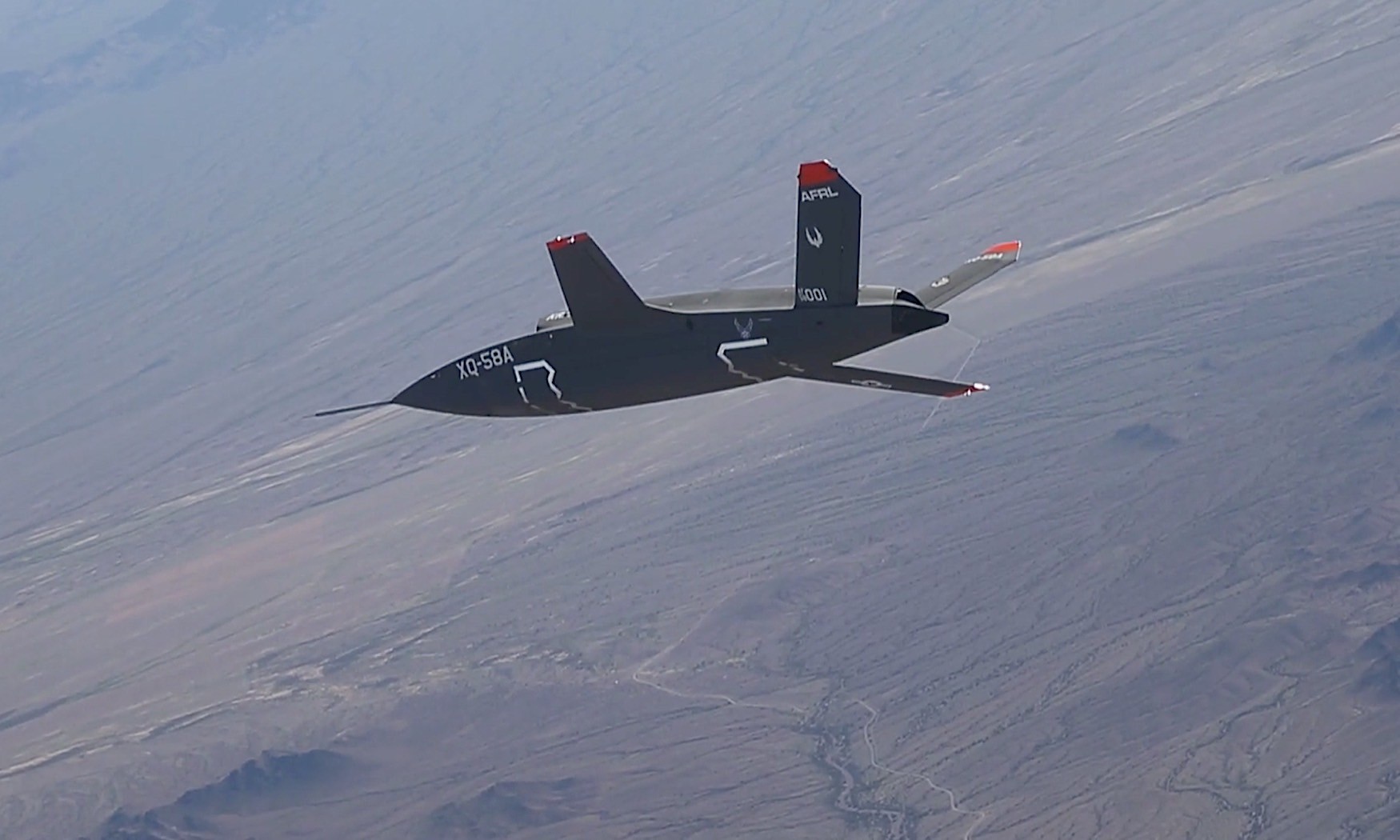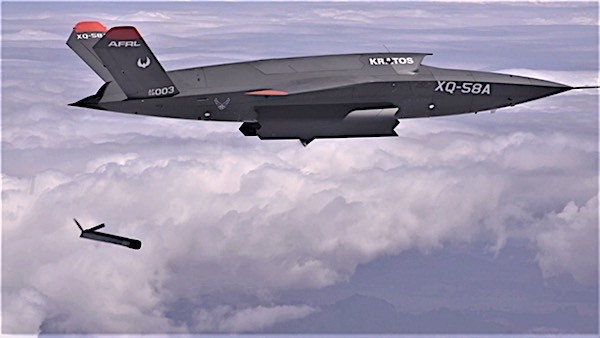The veil of secrecy surrounding hypersonic technology developments makes it a challenge to keep pace with the rapid advancements.
Supersonic flight, exceeding the speed of sound (Mach 1), has become commonplace for many aircraft.
However, hypersonic speeds, which surpass Mach 5 (or 3,836 mph), represent a significant leap with transformative potential across military and civilian sectors.
This exciting new frontier is driving a global race to develop next-generation hypersonic vehicles. One key player in this race is Kratos, a California-based defense contractor.
Beyond their development of the Zeus hypersonic engine, Kratos is pushing boundaries by exploring commercially viable hypersonic aircraft like the Erinyes and Dark Fury.
These projects demonstrate the expanding possibilities of hypersonic technology, extending its reach beyond military applications.

While the Kratos Zeus rocket engine recently wrapped up development and preps for dynamic testing, the company has achieved a milestone with its highly secretive Erinyes hypersonic vehicle.
First announced in 2021, the Erinyes named after the Greek goddesses of vengeance, the Erinyes has remained shrouded in mystery. However, recent information provides a look into its capabilities.
In collaboration with the Missile Defense Agency (MDA) and the Naval Surface Warfare Center (NSWC), the Erinyes undertook its inaugural flight on June 12th, taking off from NASA’s Wallops Flight Facility in Virginia.
Though the specific experiments it carried out remain undisclosed, the mission designated Hypersonic Test Bed-1 (HTB-1), aimed to gather valuable data for various projects commissioned by the U.S. Department of Defense.
This data will be crucial for validating and refining the cutting-edge technologies onboard the Erinyes. Kratos has hinted at future flights for the Erinyes, each likely carrying a new set of experiments, but details on these upcoming missions will likely remain under wraps until after completion.

